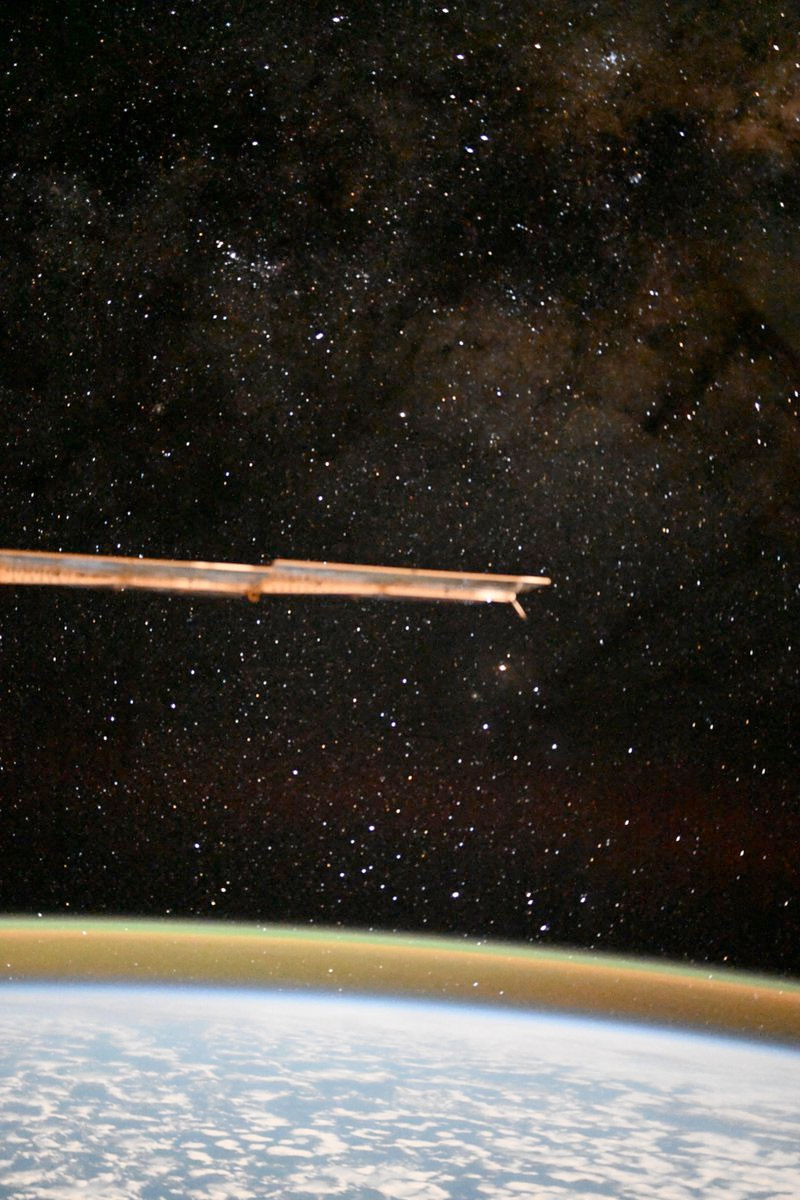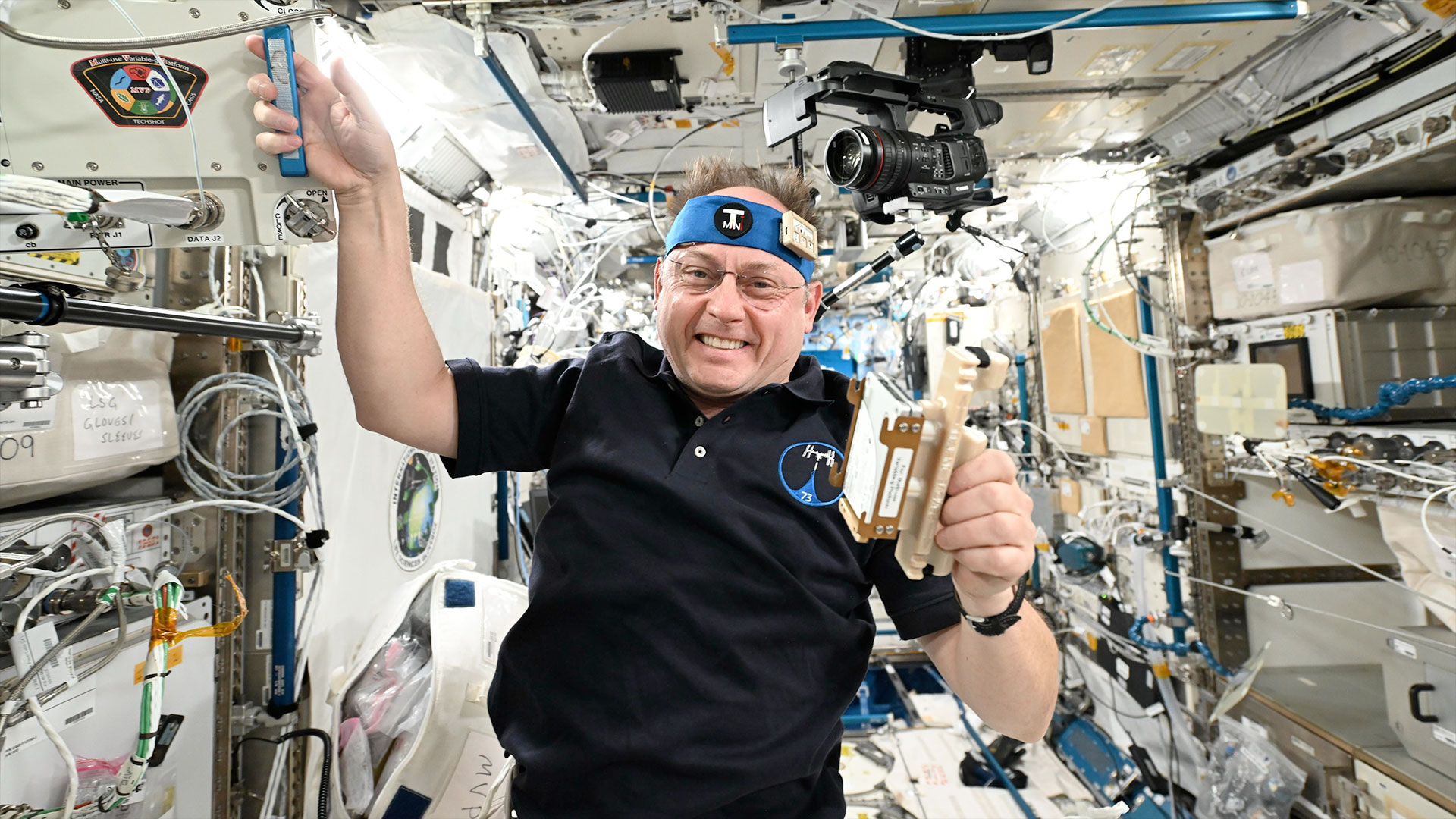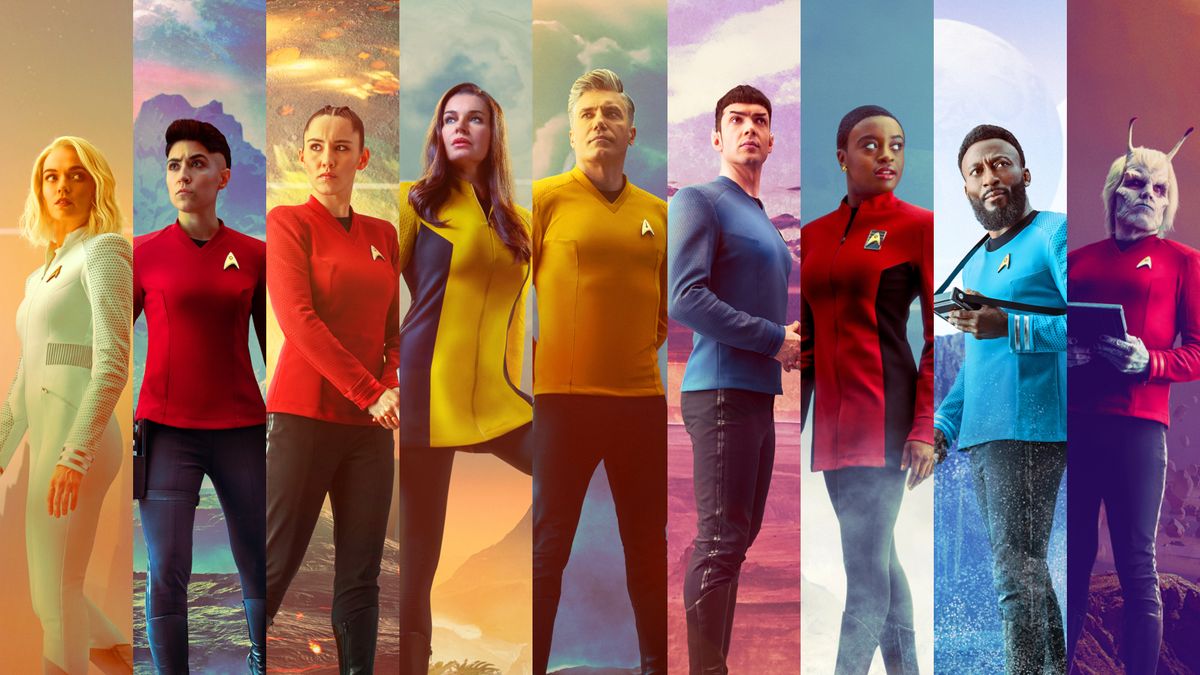From ultrasounds to spacesuit assembly, Earth observations and monitoring blood flow, the seven members of the second half of Expedition 73 were kept busy this week aboard the International Space Station (ISS).
Orbital observation
"Yesterday [Aug. 11] was a very busy day on the ISS. But we got through it by helping each other as a crew! I had little time to take photos, so I’ll share some pictures I took before bedtime," wrote JAXA astronaut Kimiya Yui on social media.
"The views from the ISS are all spectacular, but the collaboration between Earth and the starry sky is simply the best," he wrote. "I’m busy, so I don’t have time to indulge in meditation, but it’s the kind of scenery that makes you crave such moments."

Science status
Among the research that was conducted by the Expedition 73 crew aboard the space station this week was:
Ultrasound 2 — The four recently-arrived members of Expedition 73 took turns using an ultrasound to scan their necks, shoulders and legs for blood clots formed since leaving Earth. Zena Cardman and Mike Fincke of NASA, Kimiya Yui of JAXA and Roscosmos cosmonaut Oleg Platonov, all flight engineers, will repeat these scans periodically throughout their six to eight month stay in orbit.
CIPHER — The "Complement of Integrated Protocols for Human Exploration Research on Varying Mission Durations" includes 14 different studies. This week, Cardman monitored her cardiovascular and respiratory fitness while exercising, while fellow NASA astronaut and flight engineer Jonny Kim collected blood and urine samples for analysis back on Earth.
ISAFE —Fincke and Cardman also took part in the "Investigating Structure and Function of the Eye" experiment, another component of CIPHER. After applying electrodes to Cardman's forehead and around her eyes, Fincke sent signals to gauge how her retinas responded to light.
Expedition 73 commander Sergey Ryzhikov and flight engineer Alexey Zubritsky studied their "microcirculatory system," the tiny veins in their hands, feet, fingers and toes.
Station keeping
The Expedition 73 crewmates also took part in activities to maintain the space station's systems and prepare for future research.
EMU prep — Kim and Cardman, working together inside the U.S. Quest airlock, replaced parts on a couple of extravehicular mobility units (EMU), or spacesuits, to be ready for spacewalks planned for later this year.
Cold Atom Lab — Yui, working inside NASA's Destiny Laboratory, swapped out computer components for this apparatus which lowers atoms below the mean temperature of the universe, enabling the observation of atomic wave functions and quantum characteristics that cannot be reproduced on the ground.
Cargo inspections — SpaceX CRS-33, the company's next resupply mission to the ISS, is due to launch on Aug. 24. Fincke spent time this week assessing the areas where the Dragon spacecraft's cargo will be unloaded and made sure the tools needed for the job were assembled.
Astronaut activity
I don’t know where to begin, so I’ll start here: my view from one Dragon to another. I don’t have words yet for the whole experience, so a picture will have to do.This was my first attempt at a time-lapse (thank you, @Astro_Ayers, for many great tips). Aurora over the South… pic.twitter.com/SykVJJc2ZNAugust 14, 2025
Zena Cardman's first page of "a new chapter in what feels already like a great story" is a video worth thousands of words.
A NASA astronaut and Expedition 73 flight engineer, Cardman arrived at the space station on Aug. 2 as the commander of SpaceX's Crew-11. This is her first spaceflight.
"I don’t know where to begin, so I’ll start here: my view from one Dragon to another. I don’t have words yet for the whole experience, so a picture will have to do," wrote Zena in her first social media post from Earth orbit.
"This was my first attempt at a time-lapse ... Aurora over the South Pacific, Orion rising, satellites in the distance, and my favorite planet, all from a wild new perspective," she wrote.
By the numbers
As of Friday (Aug. 15), there are 7 people aboard the International Space Station: Expedition 73 commander Sergey Ryzhikov of Roscosmos; fellow cosmonauts Alexey Zubritsky and Oleg Platonov; Jonny Kim, Zena Cardman and Mike Fincke of NASA; and Kimiya Yui of JAXA, all flight engineers.
There are two docked crew spacecraft: SpaceX's Dragon "Endeavour" attached to the zenith port of the Harmony module and Roscosmos' Soyuz MS-27 attached to the Earth-facing port of the Prichal node.
There are two docked cargo spacecraft: Roscosmos' Progress MS-30 (91P) attached to the aft port of the Zvezda service module, and Progress MS-31 (92P) docked to the space-facing port of the Poisk module.
As of Friday, the space station has been continuously crewed for 24 years and 9 months and 13 days.
.png)
 German (DE)
German (DE)  English (US)
English (US)  Spanish (ES)
Spanish (ES)  French (FR)
French (FR)  Hindi (IN)
Hindi (IN)  Italian (IT)
Italian (IT)  Russian (RU)
Russian (RU) 





Comments